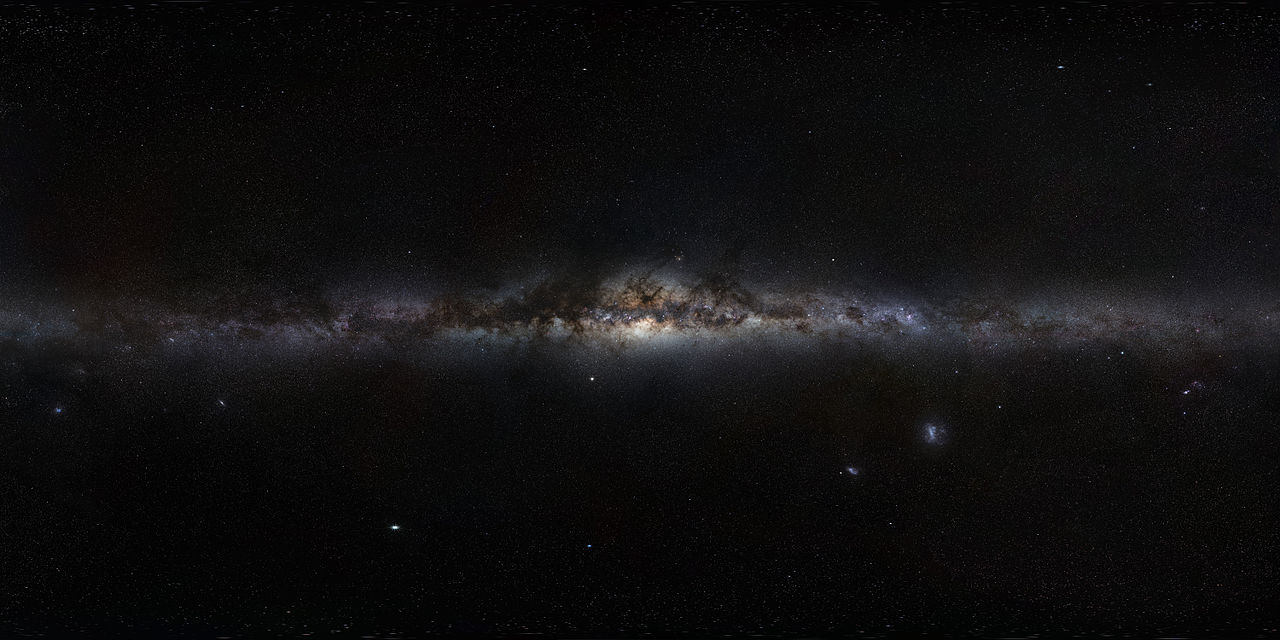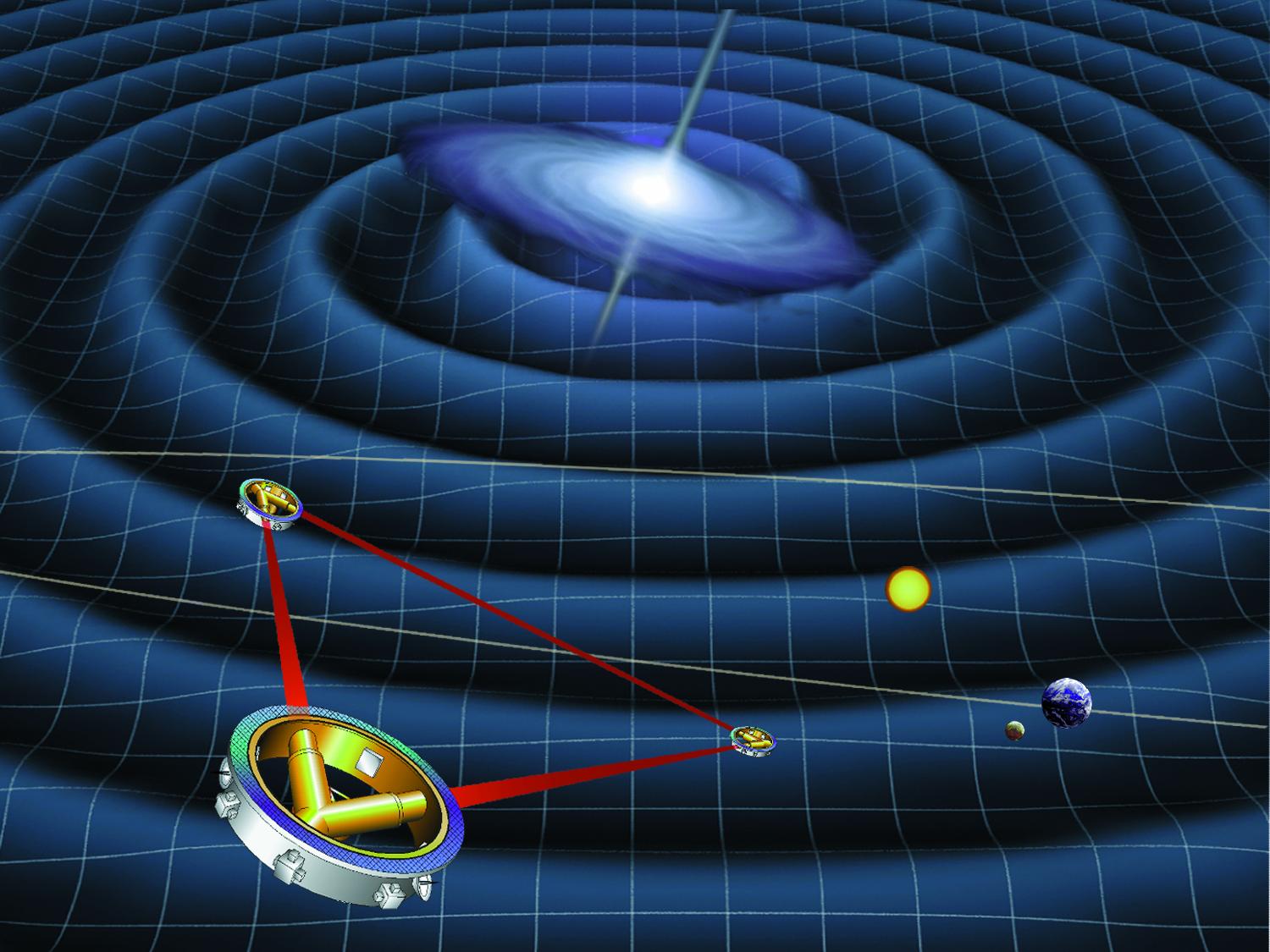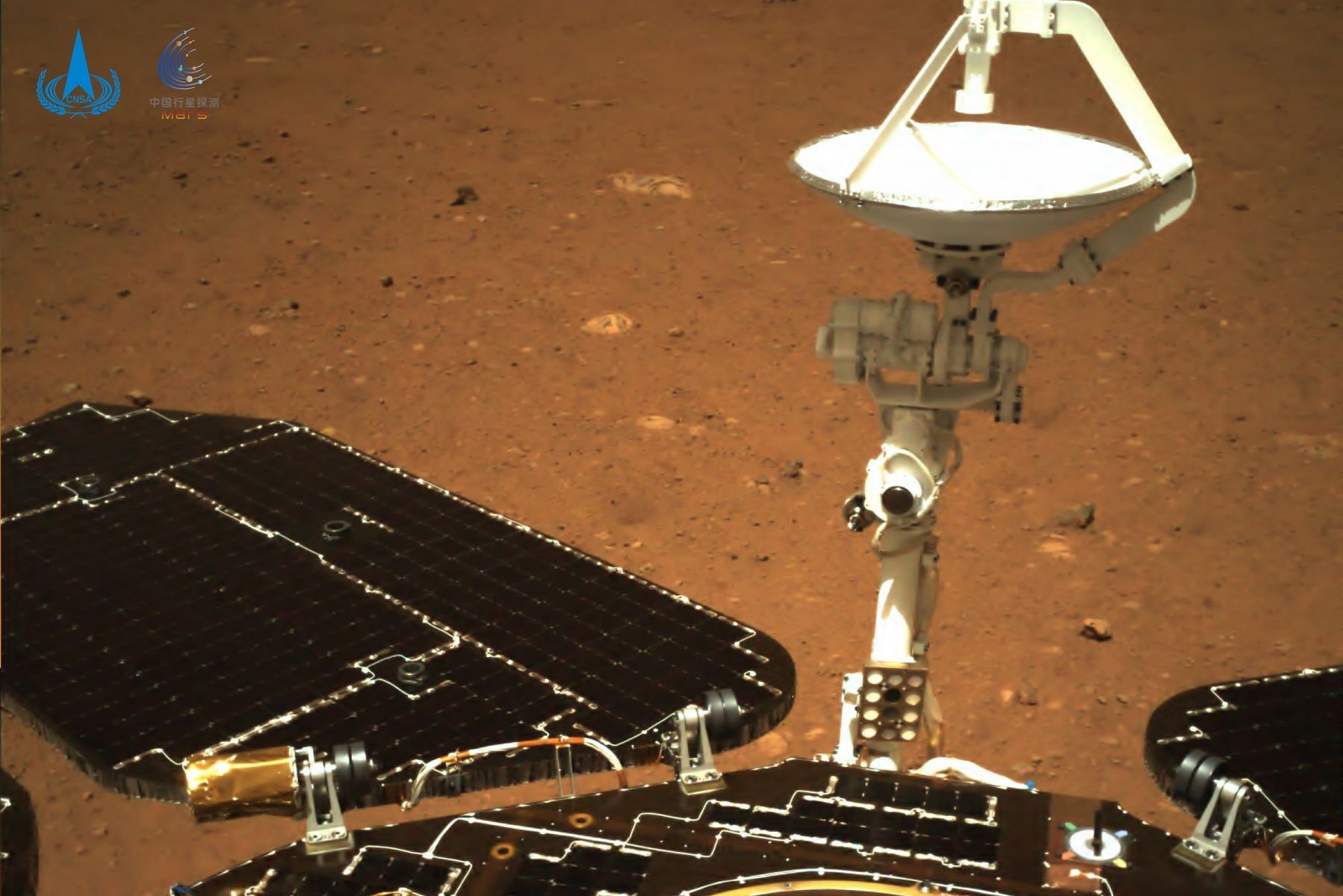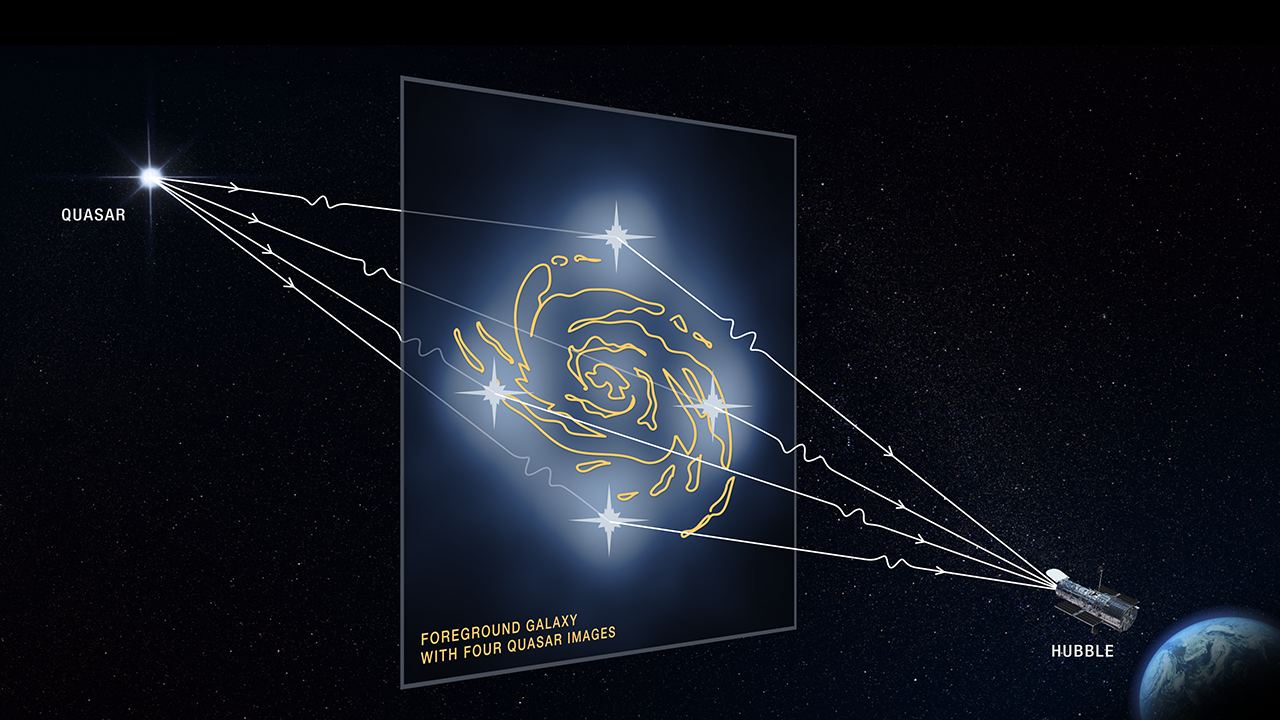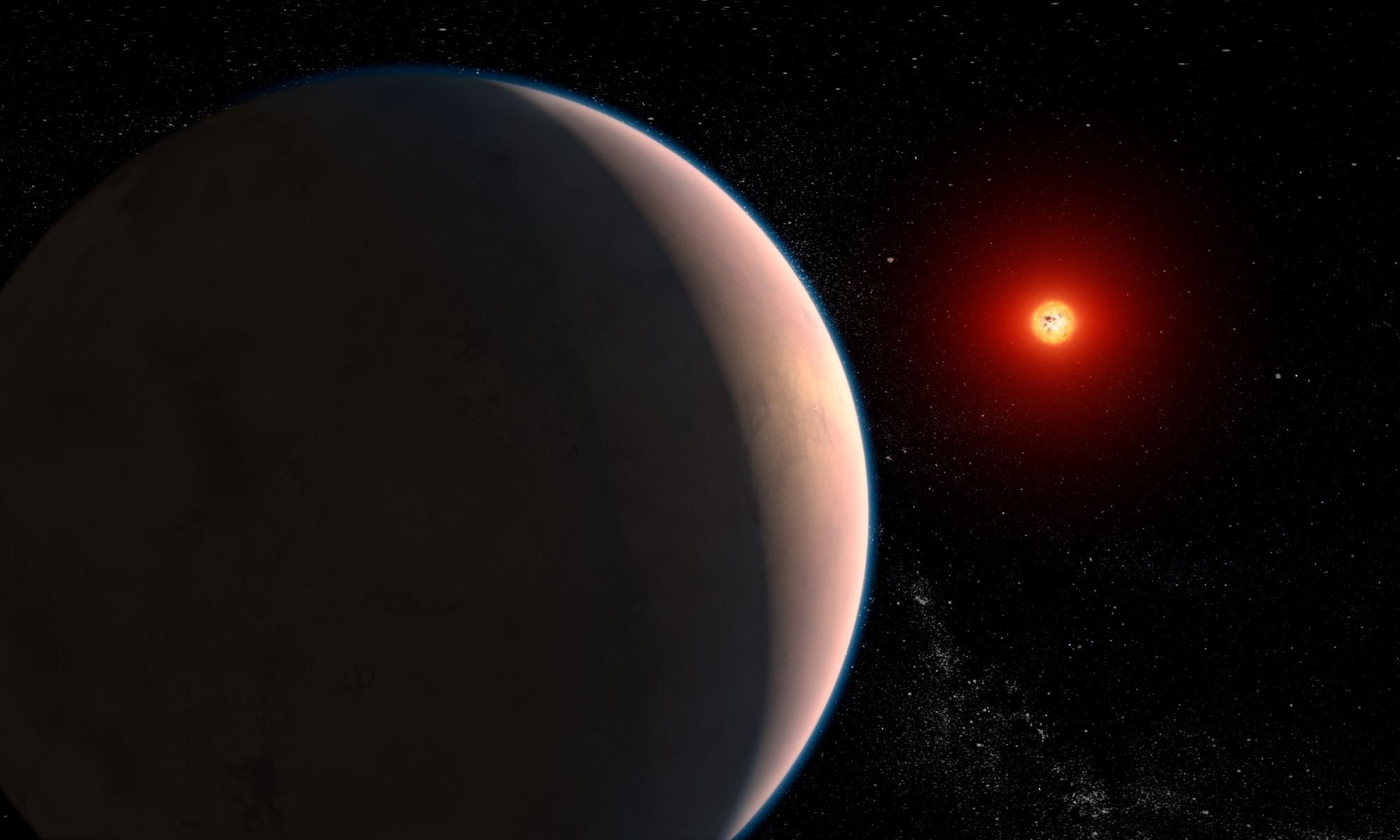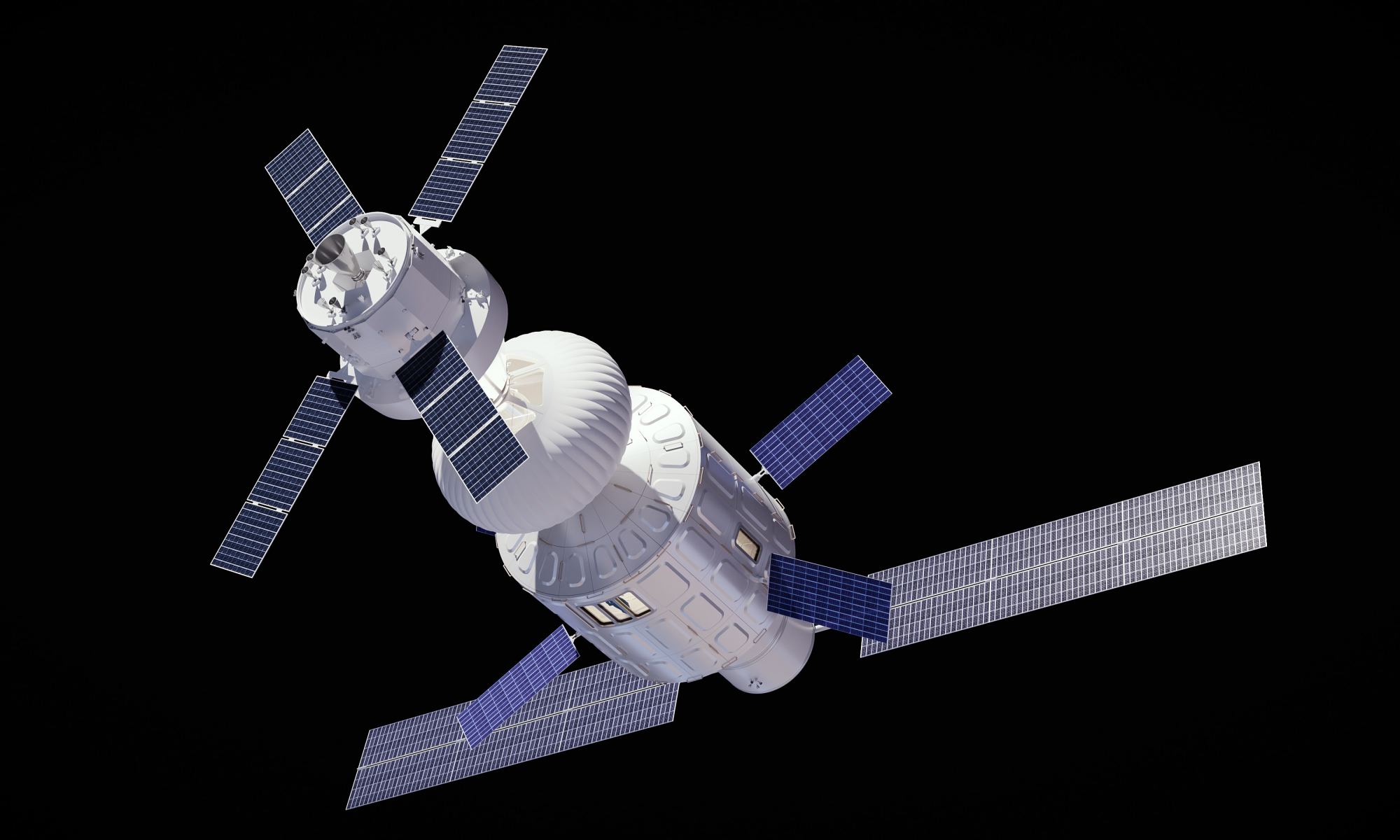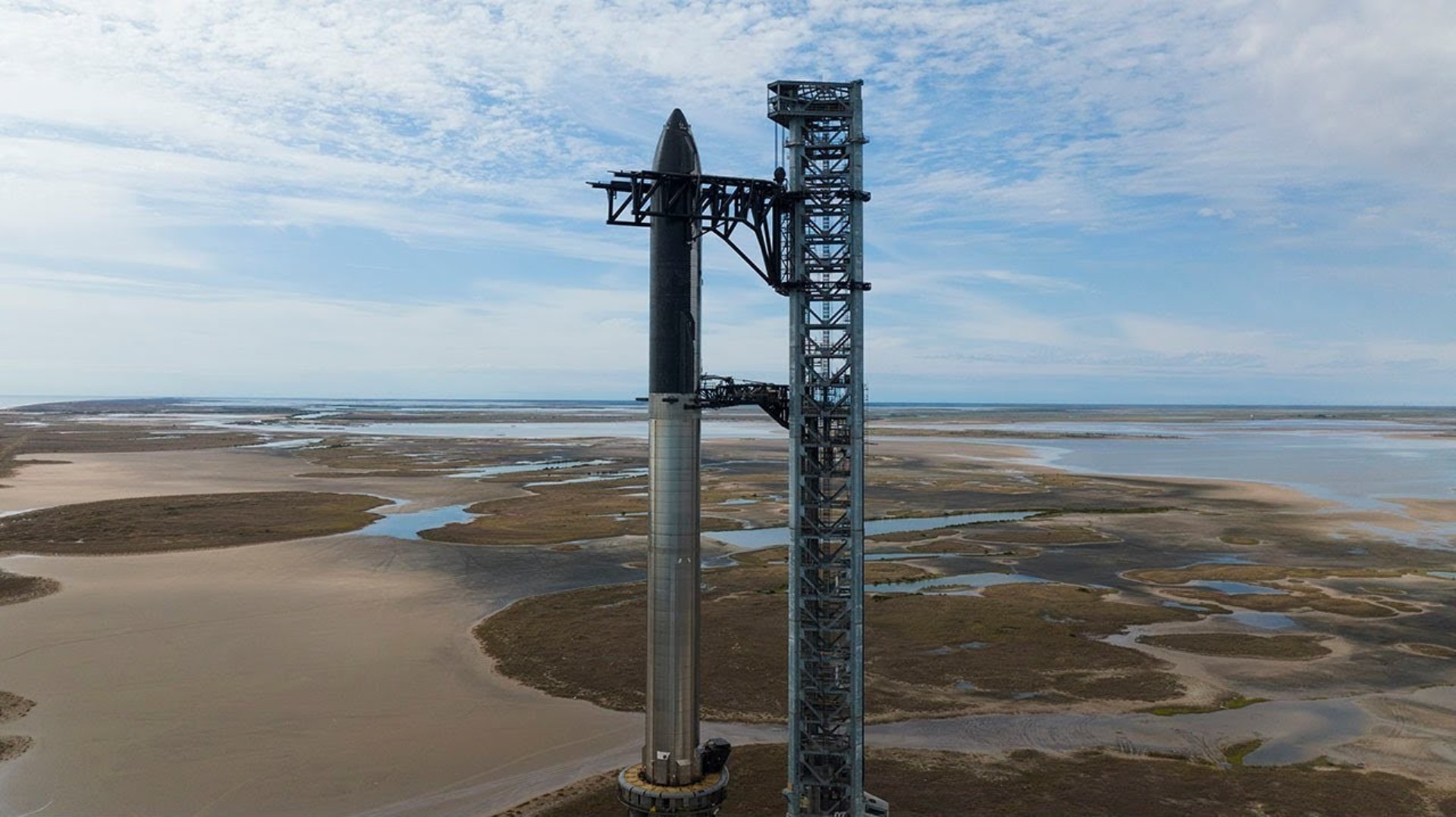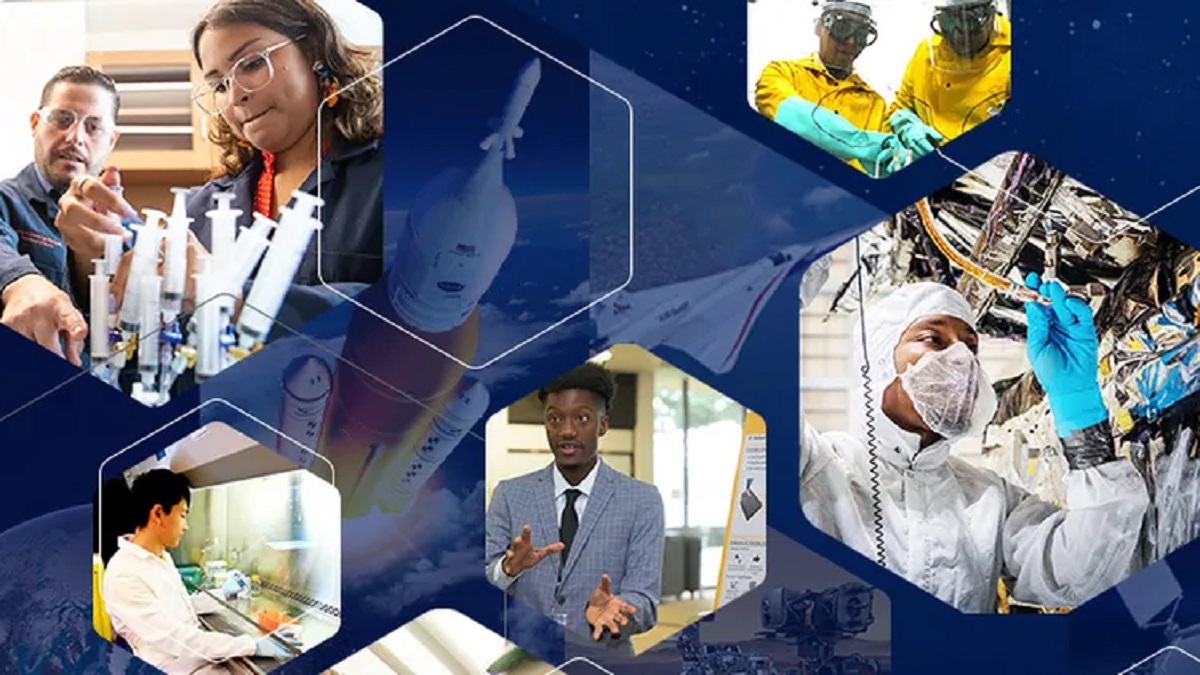A lot has changed since the last Space Age. Unlike the days of Sputnik, Vostok, Mercury, and Apollo, the current era is not defined by two superpowers constantly vying for dominance and one-upmanship. More than ever, international cooperation is the name of the game, with space agencies coming together to advance common exploration and science goals. Similarly, there is the way the private space sector has become a major participant, providing everything from launch services and commercial payloads to satellite constellations and crews.
But in some ways, old habits die hard. Since the turn of the century, China has emerged as a major power in space, to the point of becoming a direct competitor with NASA’s human space programs. For the past few years, China has been developing a reusable autonomous spaceplane to compete with the X-37B Orbital Test Vehicle (OTV). Known as Shenlong (“divine dragon”), this spaceplane recently concluded its second test flight after spending 276 days in orbit. Though the details are scant, the Chinese state media company Xinua declared the flight a breakthrough for the Chinese space program.
Continue reading “China Has its Own Secret Space Plane, and it Just Landed”


